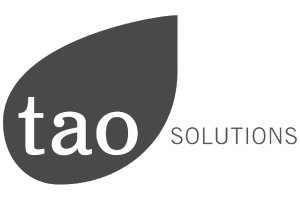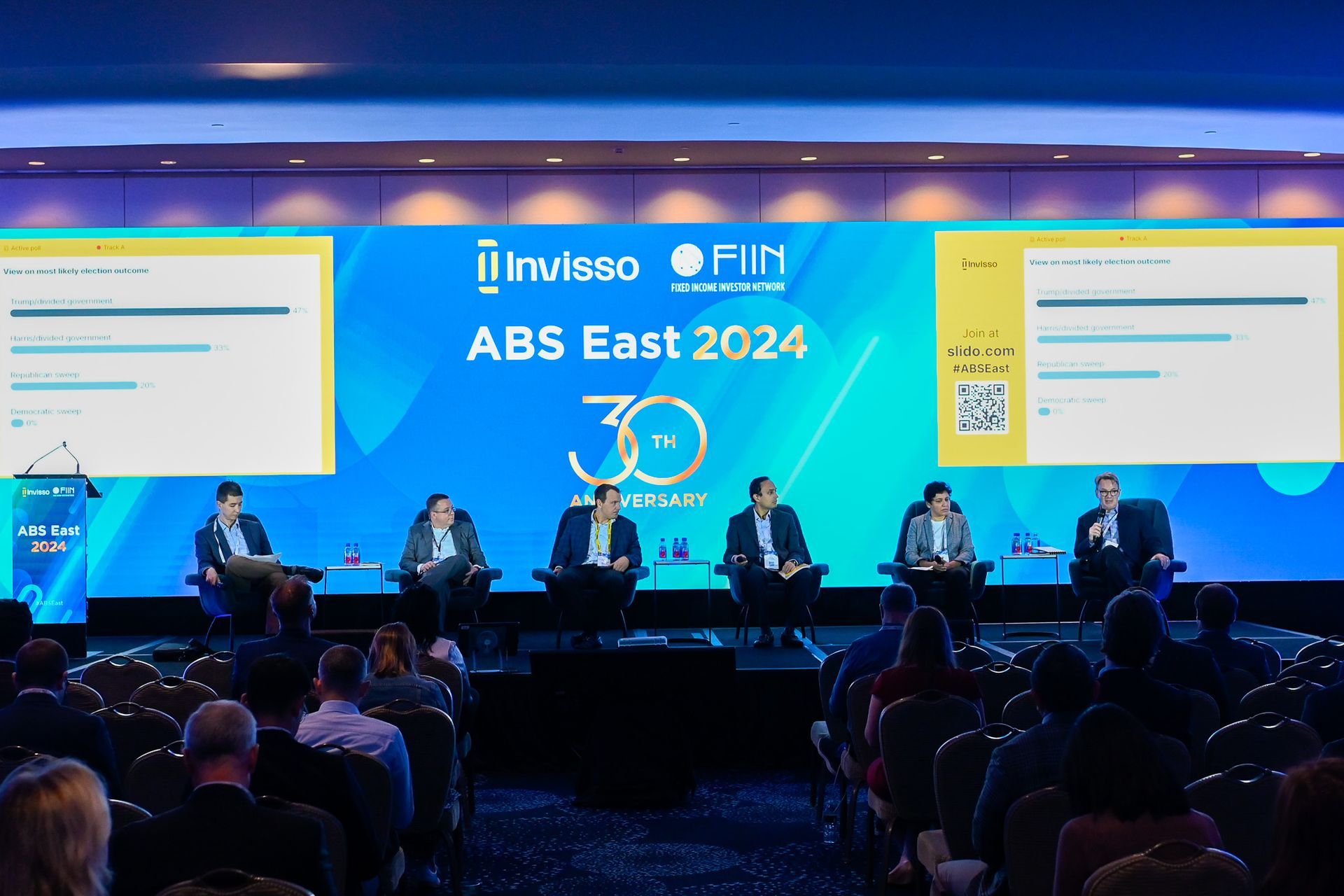The Impact of Machine Learning on Risk Assessment in Equipment Finance
Machine learning (ML) is changing the game in the fast-moving equipment finance world by making risk assessments more precisely and efficiently than ever before. Machine Learning is a subfield of artificial intelligence (AI) that deals with algorithms that try to learn from data. The goal of machine learning is to enable computers to learn from and analyze the implications of historical data with the hope that they can make better predictions in the future. In the equipment finance world, where risk is a vital factor to consider when making decisions, this capability is a game-changer.

Machine Learning in Risk Assessment
Machine learning processes and analyzes more data than any human can, and much faster. In equipment finance, this means scoring a potential client’s credit profile, determining probabilities of default, and forecasting market shifts that may affect lease agreements. Bringing machine learning to a leasing company helps significantly
enhance the accuracy of their risk assessment and decision-making based on current and future realities.
Enhanced Accuracy and Predictive Capabilities
Thanks to machine learning, risk assessments can become increasingly more accurate; patterns and correlations could be hardly noticeable to human analysts, but ML algorithms can spot them. Consider that historical leasing data can serve as a solid basis to predict default rates by studying patterns of the relevant lessee behavior, while also taking into account the fluctuations of the economy. Variables like market downturns or other industry-related disturbances can greatly affect leasing performance. However, with the right risk models, leasing companies can identify troubling patterns and issues in a timely manner before they translate into costly defaults.
Streamlining the Risk Assessment Process
With machine learning, the risk assessment process can be far less expensive and run at a much faster clip by automating much of the analysis. This happens in a couple of ways. First, the extraction of information from stored data doesn’t take nearly as long to assemble, decreasing the time needed to enter new information into the system by computer. It also means that fewer human beings need to be involved in the process. The efficient extraction of data without too much human involvement reduces the number of opportunities for errors to be made. The speed and high efficiency of machine learning don’t come at the expense of a shallow analysis, and the process can even be extended to more thoroughness and accuracy through ongoing training of data accumulating from daily activities within a lease portfolio. This makes the decision-making process for leasing companies faster, and may enable better, more competitive pricing for clients.
Customization of Leasing Agreements
Machine learning not only streamlines processing and improves quality, it can also improve nuance by allowing every lessee to receive a customized risk score. Similarly, personalization empowers dynamic pricing schemes based on real-time assessments not only of the lessee’s behavior, but also of ever-changing market conditions. The lease terms and pricing can be amended even during the course of the agreement in order to keep them responsive to the prevailing risk environment, ongoing client repayment performance and, to the extent possible, make both the lessee and the lessor whole. Machine learning’s capacity to assess risk in real-time and specify leasing requirements facilitates the development and implementation of context-specific leasing solutions that are highly adaptive and scalable.
LeaseSpark, one of the most innovative equipment finance software providers, has been using machine learning to extract key information from financial statements for lenders to streamline their risk assessment and overall credit decisioning process. Each client that uses machine learning through the application has their own model that is trained based on the information they want to pull from financial statements, making the data more precise every time it's used. By having a private machine learning model for each client, it guarantees data is kept private adhering to privacy regulations such as general data protection regulation (GDPR).
Challenges and Ethical Considerations
Although it has its obvious benefits, the real-life implementation of machine learning in risk assessment does pose some challenges. Data security is just one example. Generating the machine learning models will make use of potentially large quantities of personal as well as financial data that are generated, used and stored. To be viable and compliant with regulations such as GDPR, the security of this data needs to be maintained at all times. Algorithms would also have to be fully transparent with respect to the data used in assessments, and be free of any
hidden bias
that may unfairly skew the assessment criteria. In addition, the ML models would need to be constantly monitored and updated to incorporate newer data as they are available, and to update the risk assessment to reflect any market conditions that may have changed over the period of time preceding the initial risk assessment.
Conclusion
The use of machine learning in evaluating risk is a major step towards more precise, efficient and fairer practices in equipment finance. As this technology continues to develop, equipment finance companies that keep up will incrementally find themselves better positioned to successfully navigate the complicated financial terrain of the future. Yet it is crucial that businesses also continue to navigate the moral and practical challenges of this technology to keep clients’ privacy secure and offer fair service. In this way, machine learning can not only transform practices of risk assessment, it can also facilitate the improvement of the integrity and prosperity of the leasing business as a whole.
References:
“Big Data: A Study for the Equipment Finance Industry” Equipment Leasing & Finance Foundation; https://www.store.leasefoundation.org/cvweb/Portals/ELFA-LEASE/Documents/Products/BigData.pdf
“Machine Learning: A Revolution in Risk Management and Compliance?” Institute of International Finance;
https://www.iif.com/portals/0/Files/private/32370132_van_liebergen_-_machine_learning_in_compliance_risk_management.pdf



Case Studies
InfoHUB
©2025 TAO Solutions
Terms & Conditions | Privacy Policy | SOC 2 | ISO | Gold MS Partner | Accessibility








